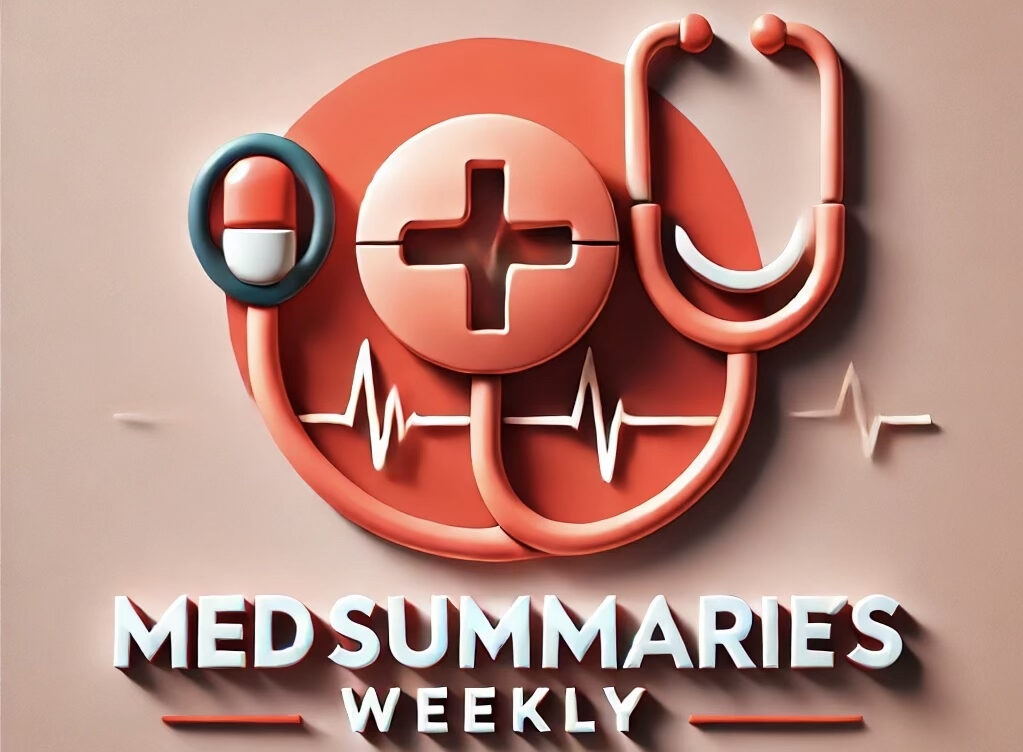RABBIT-2
What is the effect of basal-bolus insulin therapy in the management of non-critically ill, hospitalized patients with T2DM?
Study design

Population

- 130 patients (67 female, 63 male)
- Inclusion criteria: non-critically ill, hospitalized patients with T2DM who are insulin-naive
- Key exclusion criteria: without a known history of diabetes, ICU patients, the use of corticosteroid therapy, expected to undergo surgery during the hospitalization course, clinically relevant hepatic disease, serum creatinine ≥ 3.0 mg/di, or pregnancy
Interventions
• N=65 use of a basal-bolus insulin regimen (glargine once daily and glulisine before meals at a starting dose of 0.4 units × kg (-1) x day(-1) for blood glucose
140-200 mg/dl or 0.5 units x kg(-1) x day(-1) for blood glucose 201-400 mg/di)
• N=65 use of a standard sliding-scale insulin protocol (sliding-scale regular insulin four times per day for blood glucose > 140 mg/dL)
Primary outcome

Significant increase in the percentage of patients achieving mean glucose target of < 140 mg/dL (66% VS. 38%; RR 1.74, 95% Cl 0.42 to 3.06)
Conclusion
In non-critically ill, hospitalized patients with T2DM who are insulin-naive, use of a basal-bolus insulin regimen was superior to use of a standard sliding-scale insulin protocol with respect to the percentage of patients achieving mean glucose target of < 140 mg/dL.
